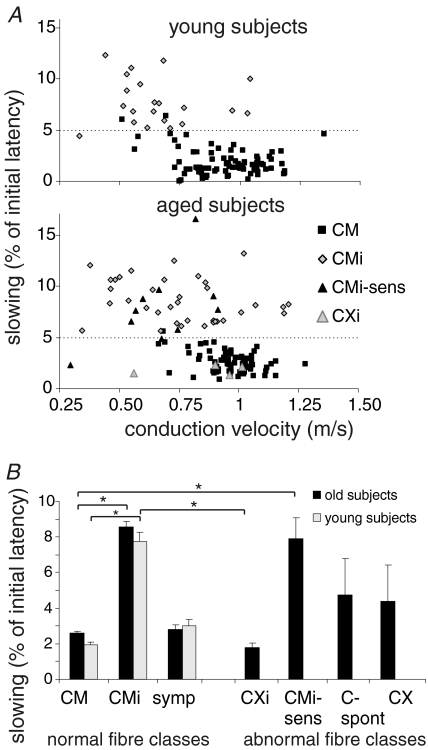Figure 3. Axonal properties of the different C-fibre classes in young and aged subjects.
A, slowing to the electrical stimulation protocol from different fibre classes (CM, CMi, CMi-sens, CXi) plotted versus conduction velocities. In the upper panel, in young healthy subjects, the two normal fibre classes of mechano-responsive (CM) and mechano-insensitive (CMi) are divided into two clusters by the 5% slowing line. CM units slow less and CMi units more than 5% of their unconditioned latency (after 2 min without stimulation). Two CM units showed more than 5% slowing and 1 CMi less than 5% slowing. These 3 units were classified according to additional classifying properties as conduction velocity, slowing during 0.125 Hz stimulation and electrical thresholds. CMi units tend to have slower conduction velocities than CM units. In the lower panel, in aged subjects, in addition to the above described fibre classes of CM and CMi units, fibres with the classical electrical properties of CMi were found, which showed mechanical responsiveness (CMi-sens: black triangles). Also fibres with properties of CM without any mechanical or heat responsiveness were observed (CXi: grey triangles). CMi-sens had conduction velocities in the range of normal CMi fibres and CXi units had conduction velocities in the range of normal CM units. B, slowing in the different fibre classes in young (light grey) and aged (black) healthy subjects. Values are given as mean ±s.e.m. Asterisks indicate significant difference (P < 0.05). In both young and old subjects, normal CMi fibres slow significantly more than normal CM fibres. CXi fibres differ significantly from normal CMi fibres and CMi-sens differ significantly from normal CM fibres.

